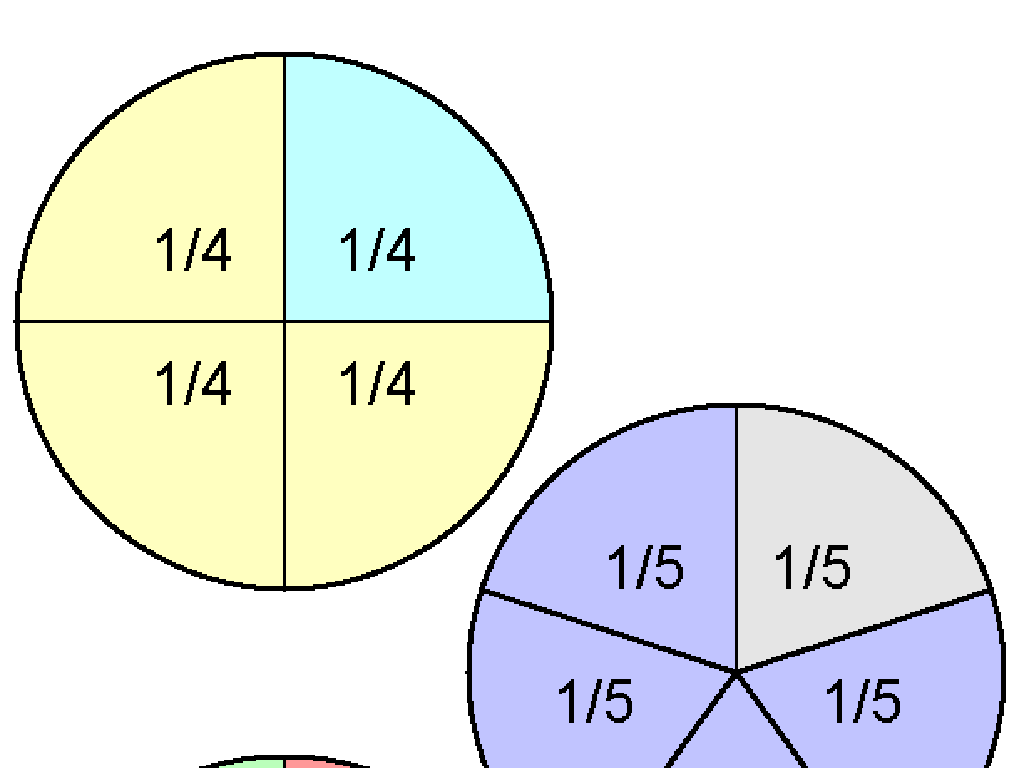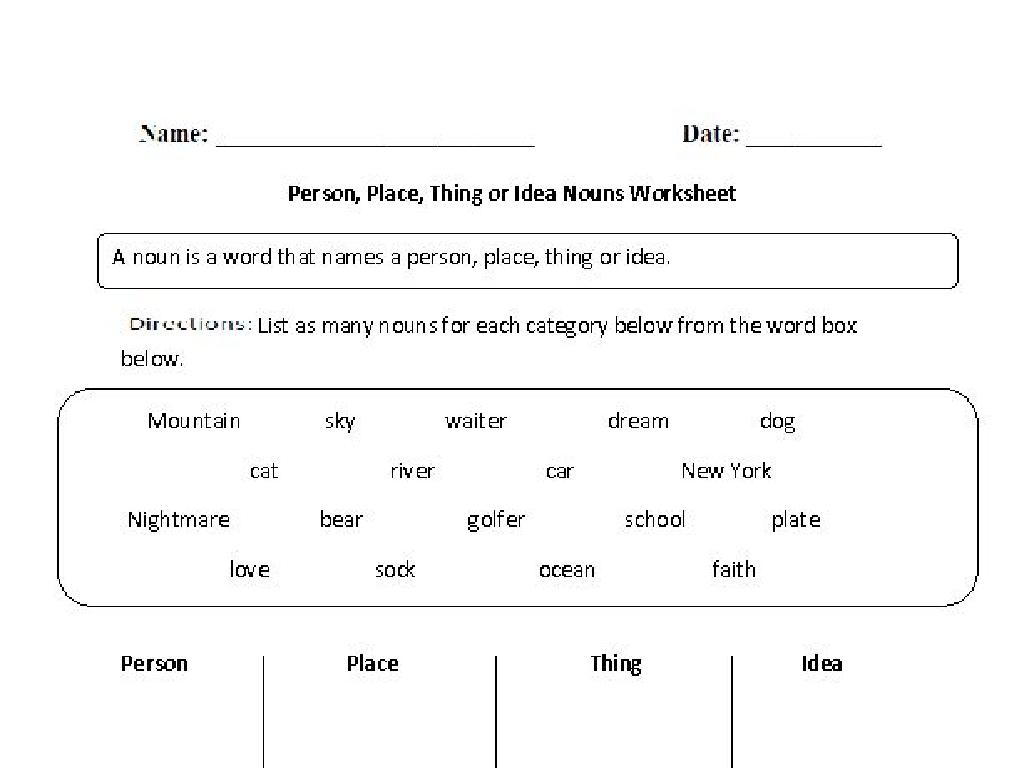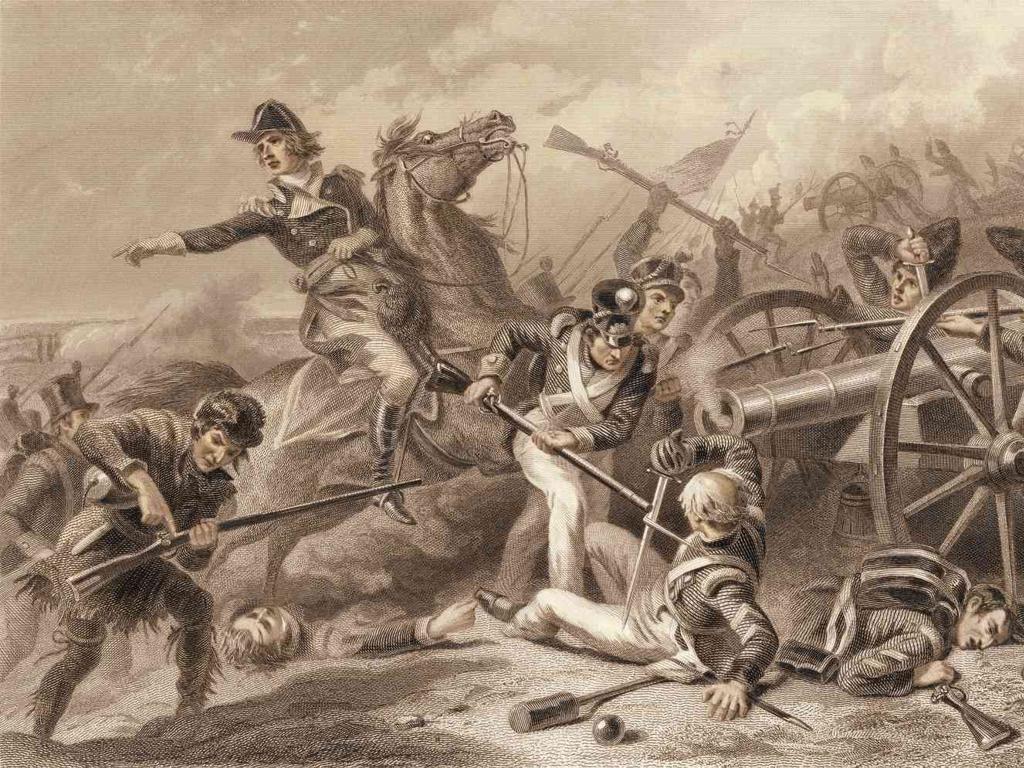How Can Animal Behaviors Affect Reproductive Success? Identify Evidence To Support A Claim
Subject: Science
Grade: Seventh grade
Topic: Adaptations And Natural Selection
Please LOG IN to download the presentation. Access is available to registered users only.
View More Content
Animal Behaviors & Reproductive Success
– Explore animal behaviors
– Behaviors include migration, mating rituals, etc.
– Link behaviors to reproduction
– Certain behaviors increase chances of mating and offspring survival
– Adaptations aid survival
– Traits that improve survival are likely to be passed on
– Today’s focus: Natural selection
|
This slide introduces the concept of how animal behaviors can influence reproductive success, which is a key component of natural selection. Students will learn that behaviors such as migration, mating dances, and nesting are not random but have evolved to maximize the chances of reproduction. Behaviors that lead to successful reproduction tend to become more common in a population over time because those traits are passed on to future generations. The lesson will cover examples of such behaviors and how they fit into the broader context of adaptations and the natural selection process. Encourage students to think of examples and ask questions about how certain behaviors might be advantageous for animals in their environments.
Exploring Reproductive Success in Animals
– Define Reproductive Success
– The success of an organism in passing its genes to the next generation
– Significance for species survival
– Essential for the continuation and evolution of a species
– Animal kingdom success cases
– Examples: Peacock’s tail display, bowerbird’s nest construction
– Analyzing examples for evidence
– Observe how behaviors like mating dances or nest building affect offspring numbers
|
This slide introduces the concept of reproductive success and its critical role in the survival and evolution of species. Reproductive success refers to the ability of an organism to pass on its genetic material to the next generation effectively. It’s a cornerstone of natural selection, as traits that enhance reproductive success tend to be favored and become more common in a population over time. Provide examples from the animal kingdom, such as the elaborate courtship rituals of peacocks or the intricate nest-building of bowerbirds, to illustrate how certain behaviors can increase the likelihood of attracting mates and producing offspring. Encourage students to think critically about how these behaviors might contribute to the animals’ success in reproducing and thus, their overall fitness in their respective environments.
Animal Behaviors and Reproductive Success
– Innate vs. Learned Behaviors
– Innate: instinctual, like reflexes; Learned: acquired through experience
– Social Behaviors in Animals
– Social interactions can form bonds and hierarchies, aiding in mating success
– Mating Rituals Explained
– Complex dances or calls can attract mates, ensuring reproduction
– Territorial Displays
– Animals mark territories to secure resources for offspring
|
This slide aims to explain how different types of behaviors can influence an animal’s ability to reproduce and pass on its genes, which is a central concept in natural selection. Innate behaviors are hardwired and occur naturally, while learned behaviors are acquired through interaction with the environment. Social behaviors, including communication, play a crucial role in forming relationships and establishing dominance, which can affect mating opportunities. Mating rituals, often elaborate and species-specific, are critical for attracting mates. Territorial displays are used to secure resources and space necessary for raising offspring. Students should be encouraged to think of examples and consider how these behaviors might impact the likelihood of an animal’s genes being passed to the next generation.
Case Study: Bowerbirds’ Nesting Behaviors
– Bowerbirds’ nest construction
– Males build elaborate structures to attract females.
– Nest appearance affects mate choice
– Females prefer nests that are intricate and well-decorated.
– Effort and skill in nest building
– Building complex nests requires significant time and energy.
– Link to reproductive success
– Successful mating often hinges on the male’s ability to construct an impressive nest.
|
This slide examines the intricate nest-building behavior of bowerbirds and its impact on reproductive success. By constructing elaborate and aesthetically pleasing nests, male bowerbirds demonstrate their ability to gather resources and create a safe environment, which are traits favored by females during mate selection. The effort and skill involved in building such structures are indicative of the male’s overall fitness, thus affecting his chances of mating. Discuss with students how this behavior supports the theory of sexual selection as a component of natural selection. Encourage them to think of other animals where behavior influences reproductive success and to consider the role of effort and skill in natural selection.
Natural Selection and Animal Behaviors
– Behaviors influence natural selection
– Certain behaviors can increase an animal’s chances of survival and reproduction.
– Successful behaviors are inherited
– Behaviors that lead to better survival rates can become more common in a population over generations.
– ‘Survival of the fittest’ explained
– The concept that the best-adapted individuals are more likely to survive, reproduce, and pass on their genes.
– Reproductive success and behaviors
– Behaviors that improve mating success or offspring survival can affect an animal’s reproductive success.
|
This slide aims to explain the connection between animal behaviors and natural selection. Students should understand that behaviors can affect an animal’s ability to survive and reproduce in its environment. Behaviors that increase survival and reproductive success are more likely to be passed down to future generations. The phrase ‘survival of the fittest’ refers to the idea that individuals best adapted to their environment are more likely to survive and reproduce. Students should be able to identify and provide evidence of how certain behaviors can lead to reproductive advantages, such as mating dances or nurturing of young, which can increase the likelihood of an animal’s genes being passed on.
Evidence and Claims in Animal Behavior
– Understanding scientific evidence
– Evidence in science refers to observable facts that support a conclusion.
– Identifying and gathering evidence
– Look for patterns, make observations, and record findings on animal behaviors.
– Forming claims from evidence
– A claim is a statement that asserts a conclusion based on evidence.
– Linking behavior to reproductive success
– How certain behaviors may increase the chances of mating and offspring survival.
|
This slide aims to teach students the importance of evidence in scientific inquiry, specifically in the context of animal behavior and reproductive success. Start by defining what constitutes evidence in science and emphasize its role in supporting scientific claims. Guide students on how to observe animal behaviors, identify patterns, and gather data that can serve as evidence. Teach them how to form a logical claim based on the evidence they have collected. Finally, discuss how certain behaviors, such as mating dances or territory defense, can affect an animal’s chances of reproducing successfully. Encourage students to think critically about the evidence they gather and how it supports their claims.
Analyzing Behaviors and Reproductive Success
– Review scientific studies on behavior
– Studies show how behaviors impact mating and survival
– Analyze data for behavior patterns
– Look for trends in mating rituals, nurturing, etc.
– Case examples of successful behaviors
– E.g., Bowerbirds building elaborate structures
– Correlate behaviors with reproduction
– Understand how certain behaviors boost chances of offspring
|
This slide aims to delve into the relationship between animal behaviors and reproductive success as part of understanding adaptations and natural selection. Start by reviewing various scientific studies that document animal behaviors. Encourage students to analyze the data from these studies to identify patterns and trends in behavior. Discuss specific case examples, such as the elaborate nest structures of Bowerbirds, to illustrate how certain behaviors can lead to increased reproductive success. Highlight the importance of these behaviors in the survival of species and how they can be evidence of natural selection at work. The goal is to help students make connections between behavior and reproductive outcomes, supporting claims with empirical evidence.
Class Activity: Observing Animal Behaviors
– Watch animal behavior videos
– Record observations on worksheets
– Note specific behaviors and contexts
– Discuss behaviors affecting reproduction
– Which behaviors might lead to successful mating?
– Conclude findings as a group
|
This activity is designed to help students understand the relationship between animal behaviors and reproductive success. Provide a selection of videos that showcase different animal behaviors, especially those related to mating rituals, territorial defense, and caregiving. Students should use the worksheets to record their observations, noting any behaviors that seem to be advantageous for attracting mates or caring for offspring. After individual observation, facilitate a group discussion where students can compare notes and debate which behaviors they believe contribute to reproductive success. Encourage them to use evidence from their observations to support their claims. This will help them practice critical thinking and applying concepts of natural selection and adaptation to real-life examples.
Conclusion: Behavior’s Role in Reproductive Success
– Summarize behavioral impact on reproduction
– Behaviors like mating dances increase chances of attracting a mate and passing on genes.
– Relate natural selection to behaviors
– Behaviors that improve survival and reproduction are favored by natural selection.
– Emphasize evidence in scientific claims
– Scientific claims require evidence, like observed mating rituals and their success rates.
|
In wrapping up, reiterate the key concept that certain animal behaviors can significantly influence their reproductive success, which in turn affects their survival as a species. These behaviors, such as elaborate mating rituals or nurturing of offspring, can be advantageous and become more common in a population through the process of natural selection. It’s crucial for students to understand that in science, claims must be backed by evidence, such as data collected from studies on animal behavior. Encourage students to think critically about how evidence supports scientific theories and the importance of this process in understanding the natural world.
Homework: Animal Behaviors and Reproductive Success
– Research an animal’s unique behaviors
– Describe behaviors aiding reproduction
– Behaviors like mating dances, nest building, or territory defense
– Provide evidence for your claims
– Use scientific articles or documentaries as references
– Document sources of information
|
This assignment encourages students to explore the relationship between animal behaviors and reproductive success as part of understanding adaptations and natural selection. Students should select an animal, research its behaviors, and describe how these behaviors may increase the chances of mating and producing offspring. They must provide evidence from credible sources to support their claims, such as scientific studies, articles, or nature documentaries. This will help them develop research skills and understand the practical application of scientific theories. For the next class, students should be prepared to discuss their findings and reflect on the importance of behavior in the survival and evolution of species.





